When & Why Did Chevy Stop Building the S10 Pickup Truck?
The Chevrolet S10 was a compact pickup truck that GM introduced in the wake of the Arab oil embargo of the early 1970s and to try and emulate the popularity and success of compact Japanese pickups in the following decade. As smaller pickups are now becoming increasingly popular with North American buyers, you could be wondering when & why Chevy stopped building the S10 pickup truck in the first place?
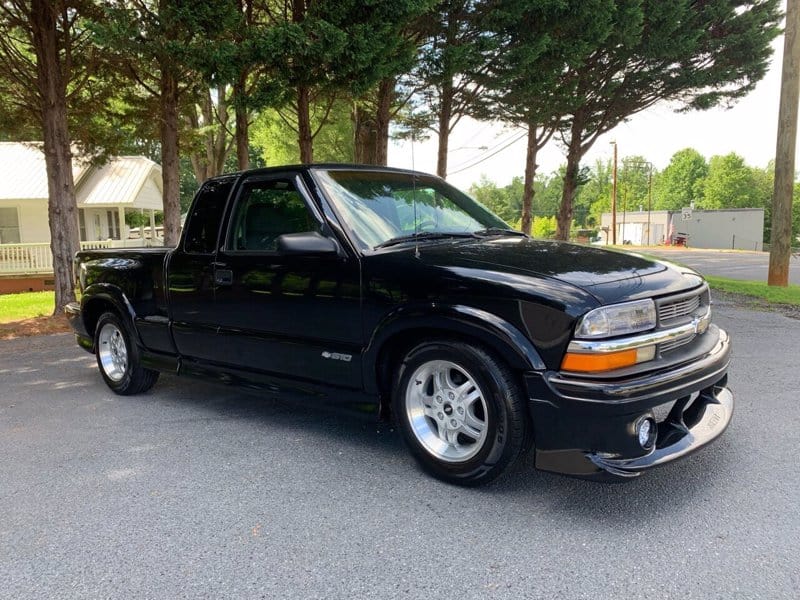
Chevrolet stopped building the S10 pickup truck in North America in 2004 because it had decided to replace it with a new model called the Chevy Colorado that was a direct replacement. Production of the S10 continued in Brazil until 2012 when it was again replaced by the Colorado, although in South America the Colorado is still sold under the S10 name.
History of the Chevy S10 Pickup Truck
The Chevrolet S10 went into production in North America in 1981 as GM and other automakers struggled to respond to the Arab oil embargo of the early 1970s. It was a compact pickup that would be better on gas and more affordable than larger, less-efficient trucks of the time, and it marked Chevrolet out as the first of the big three American automakers to bring a compact pickup truck to market.
There were two generations of the S10 produced for the North American market. The first generation was in production between 1982 and 1993, while the second generation was produced between 1994 and the last year of North American production in 2004.
GM decided to replace the S10 with another compact pickup truck in the shape of the Chevy Colorado in 2004, which was also sold in slightly different forms as the GMC Canyon and Isuzu i-Series. What some people are not aware of is the S10 lives on to this day in South America, but it’s really just the current Colorado still being sold under the S10 name.
You’ll still find plenty of Chevrolet S10 models for sale on the used market in America today, and it continues to be a popular model with those looking for a cheap used compact truck as well as customizers who find it a great platform to build.
If you want to get a used Chevy truck or other used vehicles for the lowest possible prices, government and police auctions are the way to go. You need to know what you’re looking for to buy at auction, but this guide is a great place to find used vehicles at incredible prices.
First-generation Chevy S10 (1982-1993)
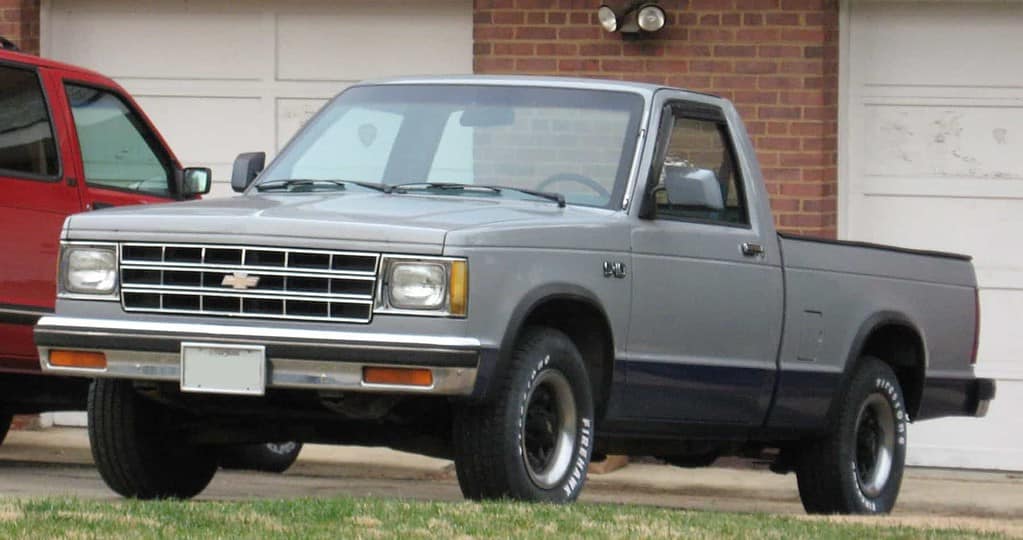
The 1973 Arab oil had a massive effect on the auto industry as muscle cars were neutered and everyone scrambled around to come up with models that didn’t use as much gas as the guzzlers of the 1970s. Even back then, pickups were big business for GM and the other domestic automakers but there wasn’t the technology to deliver the huge drops in fuel consumption everyone at the time thought they needed for the future.
The answer was to build smaller, less-powerful vehicles and GM was the first out of the blocks with a pickup in the form of the first-generation Chevy S10 in 1981 (1982 model year).
Ironically, especially when you consider today’s focus on fuel and carbon footprints, the very first S10 had a base engine that was actually manufactured in Japan and shipped to the US to be dropped into the S10. The unit in question was the 1.9-liter Isuzu four-cylinder RPO LR1 that was shared with the Chevy LUV and Isuzu P’UP. There was a more powerful option you might want to look out for if you’re looking to buy an S10 today which was a 2.8-liter V-6.
As far as the styling of the S10 was concerned, apart from the grille, taillights and badging, it was essentially the same truck as its GMC sibling. A year after the launch, the original regular cab (2-door) configuration was expanded to include an extended cab variant and the option of “Insta-Trac” four-wheel-drive for the 1983 model year.
Two new engines were also introduced, which were a 2.0-liter four-cylinder and an Isuzu 2.2-liter four-cylinder diesel. The regular cab versions came in two different wheelbases, although both wheelbases could be optioned with either engine.
Understandably, the V-6 was the preferred option for most buyers of the time and if you want to buy a first-generation Chevy S10 to restore with the original engine, the V-6 is the one to look out for.
Even though these were early days and the main focus was on fuel economy, Chevy was a little ahead of its time in 1989 by realizing there might be room in the market for pickups that were bought for more than just commercial duties. An optional S10 Baja appearance was added to the Cameo EL package and was offered from 1989 until 1991, and it was quickly joined by other appearance packages such as the S10 Top Gun Edition.
Second-generation Chevy S10 (1994-2004)
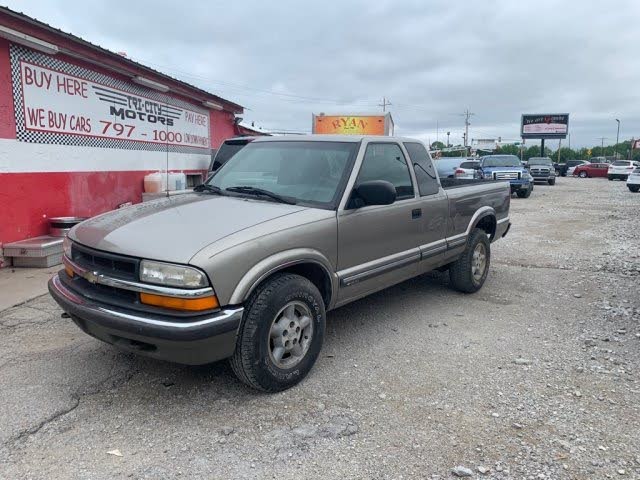
With the arrival of the second-generation S10 for the 1994 model year, the available body styles of the Chevy S10 grew to include a crew cab, which now meant the S10 could be had in regular, extended, and crew cab formats for the first time with long and short beds also available.
To compete with its main rival of the time, the Ford Ranger, the Chevy got a pair of new engines which were a new 2.2-liter four-pot and an enhanced 4.3-liter Vortec V-6.
A further sign of things to come in the auto industry was the news that to avoid falling foul of the new Clean Air Act, every second-generation S-10 that came equipped with air conditioning would now use CFC-free R134a refrigerant beginning from the 1994 model year onwards.
Chevy continued to use some first-generation components in the new second-generation to help with economizing measures, so the continued use of the previous model’s steering wheel could account for the fact there was no steering wheel airbag in the early second-gen S10 models.
High-performance models also started to make an appearance in the second generation of the S10, such as the ZR2 and even an SS model, which are great models to look out for if you intend to buy an S10 today for a restomod project or even a full, faithful restoration exercise.
There was a bit of a minor makeover for the S10 in 1998, but by the time it got into the early 2000s, the pickup was starting to show its age. The use of sub-par materials to keep costs down and a notable lack of modern safety features attracted poor reviews in the media for the S10, but it remained popular with consumers until it was eventually replaced in 2004 with the much more contemporary Colorado.
How much does a used Chevrolet S10 cost?
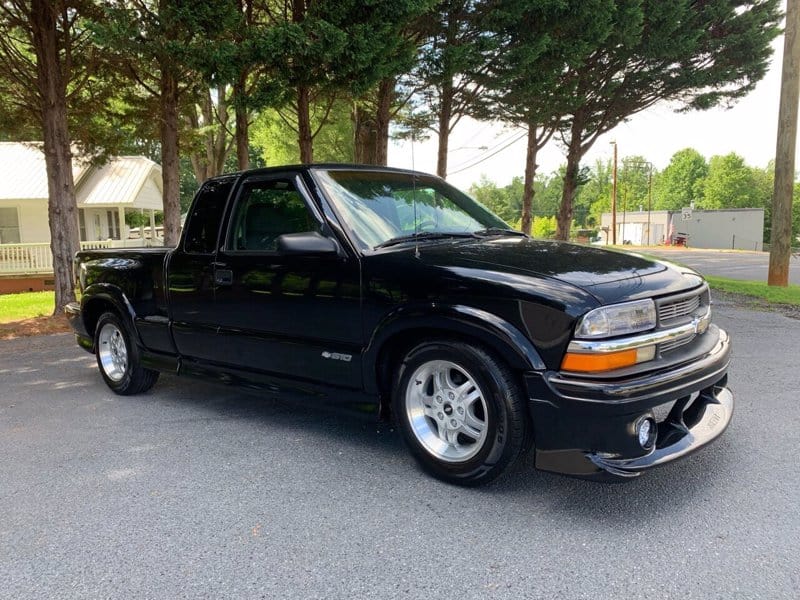
Unless you are going to come across a real junker that’s barely fit to be on the road, you’re probably not going to find a particularly cheap S10 these days. That’s because many of them have been restored to some extent and the owners of those that haven’t know that a lot of people want to buy them to restore or build into hotrods or restomods.
You will find the odd unmolested example for less than a thousand bucks, but if you’re looking for a late 1980s or early 1990s S10 you should expect to pay at least $1,500, but a good one will cost closer to $3,000. The problem with these is that if you intend to restore them you’re going to have to do it on a very tight budget if you want to make a profit or even get your money back.
Above is a great example from CarGurus, which is a 1983 Chevrolet S-10 Extended Cab 4WD that’s listed for sale at a price of $8,999. If you pay $3,000 or probably more for one in unrestored condition you’re going to struggle to restore it to this condition and keep your total costs under that $8,999 asking price.
If you want to go down the restomod route, the example below gives an idea of what can be done and how much can be asked. I have seen a hot-rodded version in yellow and slammed to the floor going for $32,000, but a big part of that price for the seller will have been swallowed up by the purchase of a crate engine to go under the hood and other performance parts.
What’s so special about the Chevrolet S10?
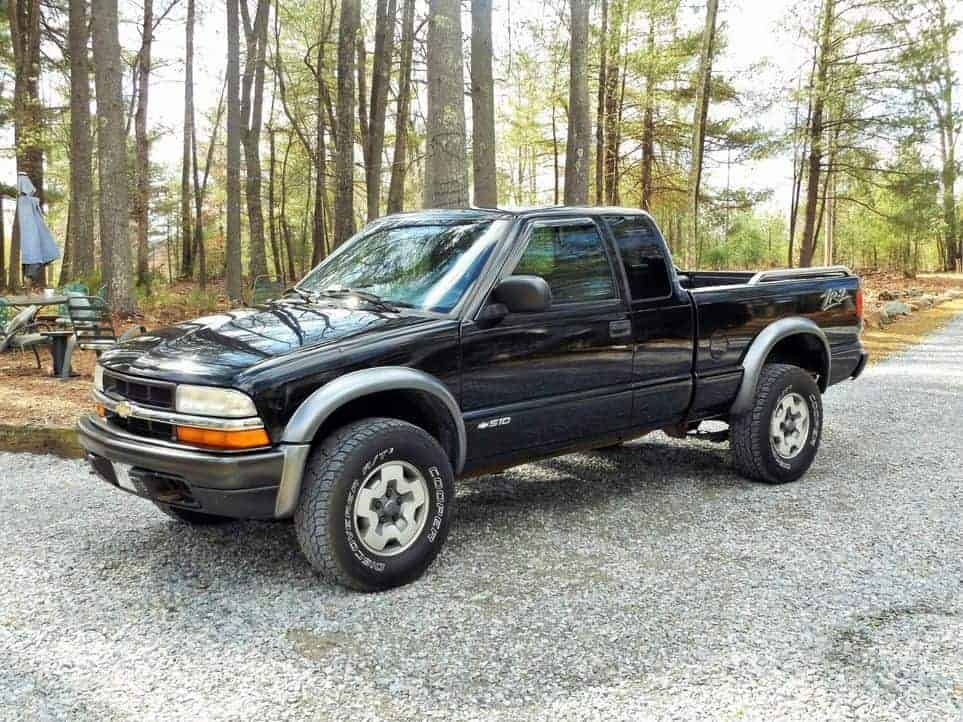
During its time in production, there was nothing particularly special about the Chevy S10, apart from the fact it was the first compact pickup truck from one of the big three domestic manufacturers. However, today Chevrolet pickup trucks of all eras are now seen by many as hallmarks of American culture across the generations. What the Chevy S10 lacks in size and capability, it more than makes up for with its performance, heritage, and its unique character.
With Chevy being the first of the big three to enter the compact pickup truck segment with the S10, it shouldn’t be too much of a surprise that people now look back fondly on this compact pickup truck and many want to own one again, or perhaps for the first time.
Even by today’s standards, the S10 is a good-looking truck and there are so many parts and accessories available today that the possibilities of what you can do with one are almost endless.
Potential issues to look out for with an S10
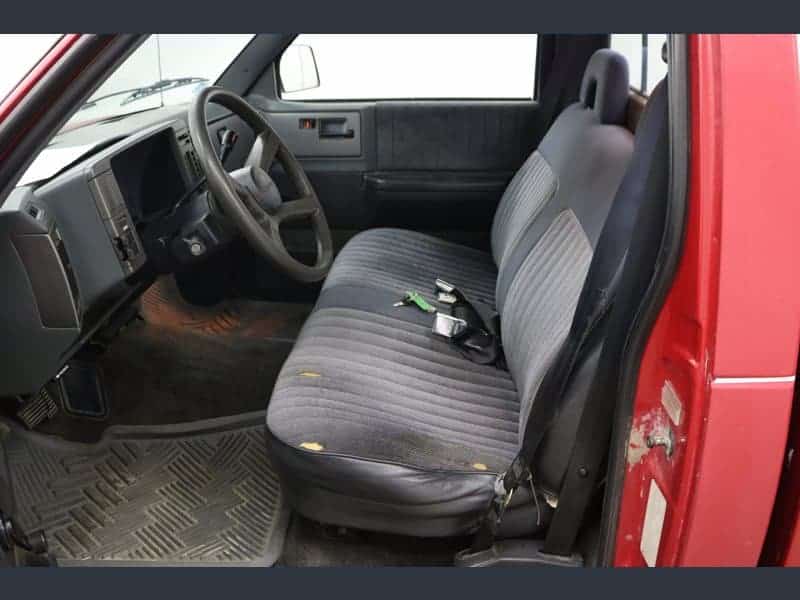
Apart from the common used pickup truck issues to look out for, there are no massive headaches you need to worry about avoiding with the S10. There’s even more good news too, and that’s because the most common problems reported to the repairpal.com website are pretty cheap to fix.
The real issues with the S10 weren’t really to do with stuff like the engine, transmission, suspension, or brakes, but in fact, they were all about the quality of materials used. These were not luxury vehicles by any means and GM wanted to keep costs down, so expect to pay out to replace all sorts of interior trim as well as instruments and gauges.
| PROBLEM | Model years affected | Average mileage | Estimated repair cost |
| ABS brake system | 1990-2004 | 19,500 – 271,000 | $79 – $100 |
| Distributor | 1990-2004 | 23,500 – 1,400,000 | $88 – $111 |
| Fuel level sensor failure | 1990-91, 1997-2004 | 42,000 – 465,065 | $533 – $686 |
| Fuel pump failure | 1991-2004 | 11,300 – 216,630 | $71 – $109 |
| Heater core leak | 1990-2003 | 13,200 – 270,000 | $587 – $790 |
| Wiper motor | 1993-1998, 2000, 2003 | 10,000 – 300,000 | $88 – $111 |
| Serpentine belt tensioner | 1993, 1995-2003 | 67,000 – 233,586 | $71 – $107 |
Should you buy a used Chevrolet S10?
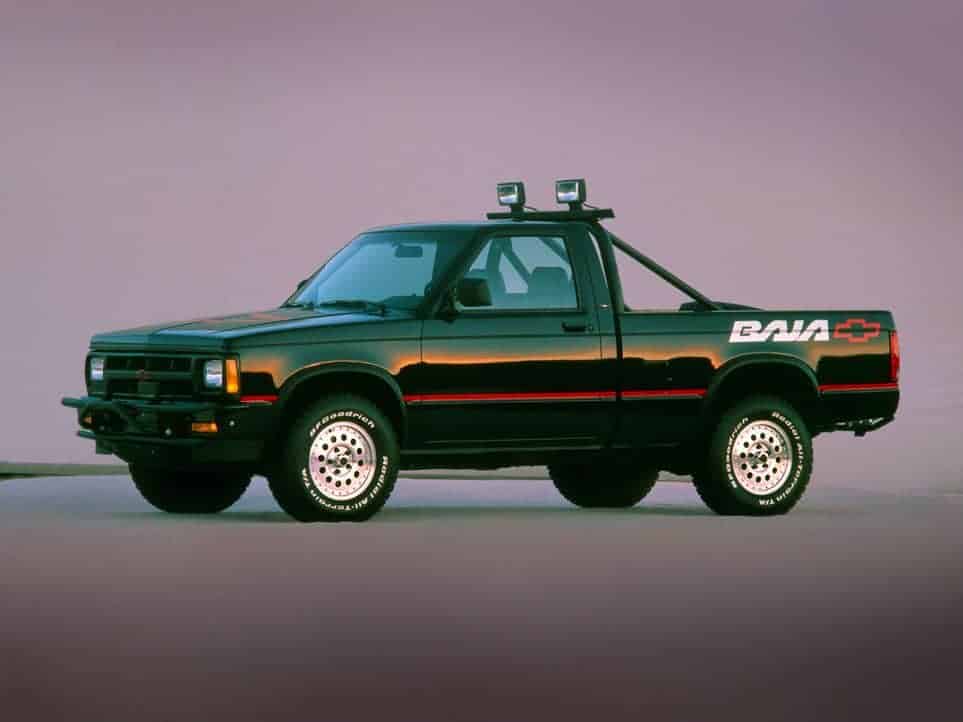
There are a number of reasons why you might want to buy a Chevy S10, and I can’t think of a single reason why you shouldn’t. We’ve all seen what’s been done by tuners to the Chevy C10 half-ton pickup trucks in recent years, so why shouldn’t you do the same with an S10?
If you want to build an S10 to restore it to its former glory or spend a fortune customizing or hot-rodding one, it’s a great platform to start with and the only limitations are your imagination and your budget.
Even if you just want a reasonably affordable compact pickup truck that looks good, will rarely let you down, is cheap to fix, and has more than a little character, the Chevy S10 is a great option.
